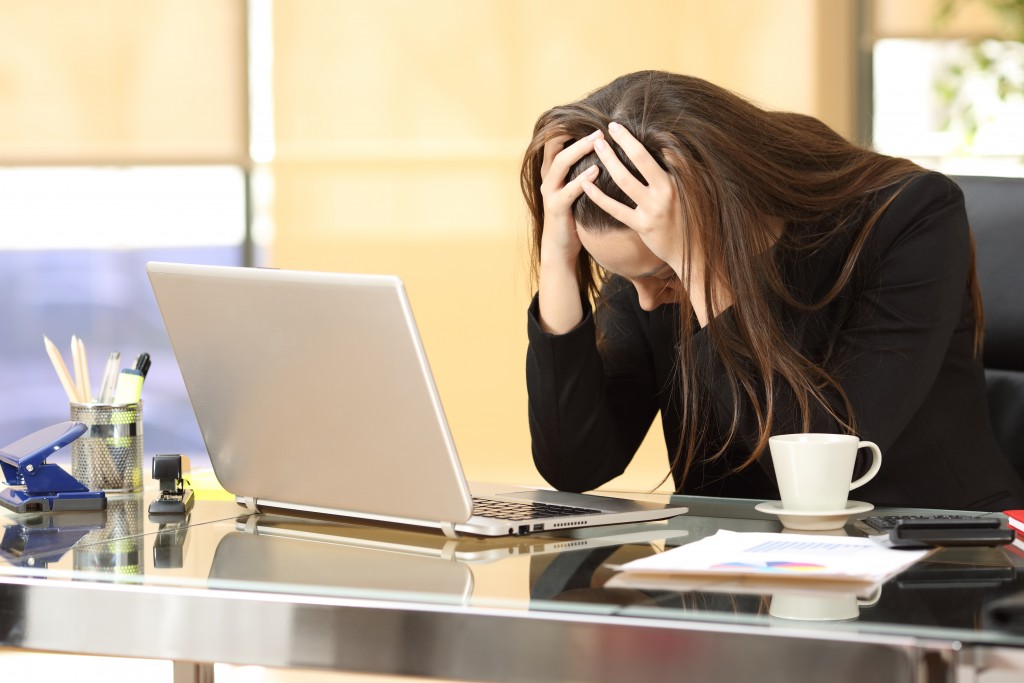Everyone’s familiar with their good old friend, procrastination. It can happen to anyone, even the most productive and put-together person out there. In fact, 20% of American adults and as much as 95% of college students procrastinate regularly.
According to researchers, “Procrastination is a form of self-regulation failure characterized by the irrational delay of tasks despite potentially negative consequences.” It’s cleaning the room at midnight while a blank white page is waiting on the table. It’s watching your favorite criminal attorney get away with murder instead of actually studying five chapters of criminal law.
However, it’s not something to crucify someone for because there are many underlying causes that go deeper than a comfortable couch. It can be depression, OCD, ADHD, pressure, or burnout.
Burnout in the time of COVID-19
Burnout is a common affliction to employees, especially in the time of work from home. A 2019 survey found that 36% of American employees suffer from burnout weekly while 56% experience it every month.
Since the spread of coronavirus and the normalizing of WFH, the numbers have increased. Another survey in May 2020 found that 50% of employees feel burned out. Moreover, 62% “feel their personal productivity has dropped because of WFH, with an added sense of loss of control and identity.”
How to deal with burnout and curb procrastination
1. Do it. Now.
A common reason for procrastination is waiting for motivation and/or inspiration to kick in, but you need to work and make a living, so just do it.
Find a schedule and set a routine. The brain has the capacity to develop and get accustomed to habits. According to Medical News Today, forming a habit is a result of “chunking” little actions that comprise the habit.
For example, working at the same hours of the day could be made up by a series of the following actions:
- making coffee,
- sitting on the work chair,
- turning on the computer,
- opening a planner, and
- checking your emails.
It’s also important to note that forming habits has been associated with the decision-making region of the brain. Therefore, you will have to choose to do it every day.
2. Seek human interactions

Social distancing has caused social isolation for a lot of people. Many have reported that they had feelings of loneliness since lockdown started.
Additionally, one emotional symptom of burnout is detachment and the feeling of being alone. Put two and two together, and you’ll find dealing with a pandemic, work from home, and social distancing could be one of the worst combinations ever.
Finding company in the time of coronavirus may be limited to online interactions. On the bright side, hangout activities can be done via the world wide web:
- Group video calls. Eat meals together or just talk to each other.
- Netflix Party is a Chrome extension that allows you and your friends to synchronize Netflix streaming.
- Online multiplayer games. From card games to video games, it’s going to be just like the regular game nights.
As the Founder at NEWOLDSTAMP Email Signatures, Volodymyr Zastavnyy, writes in a Medium article: “While it seems that procrastination and burnout are two different problems, they are…often two sides of the same coin.” So, try setting a routine while knowing when to make time for yourself and other people.

